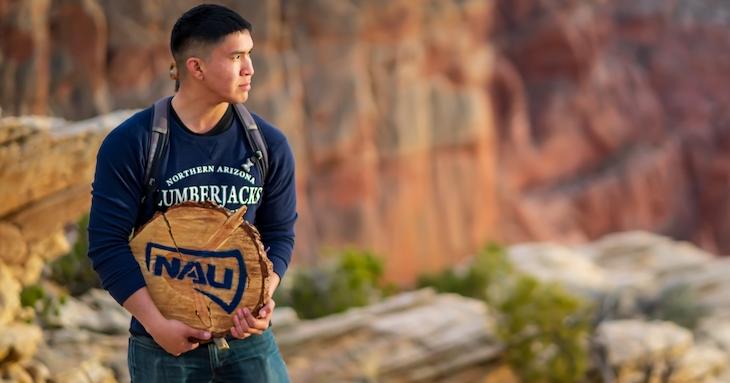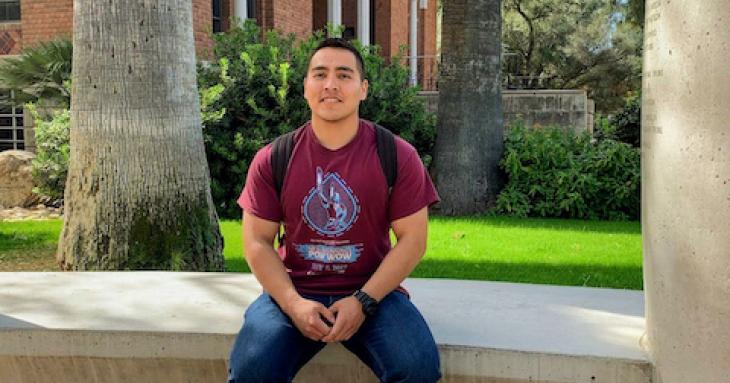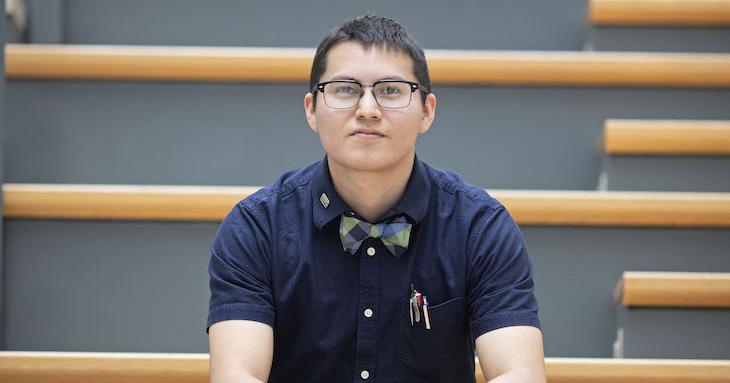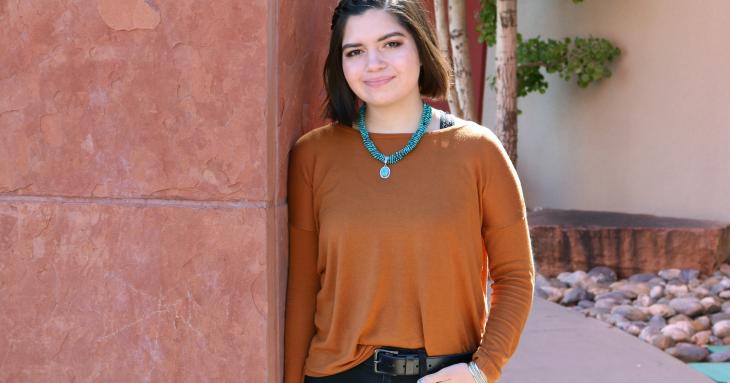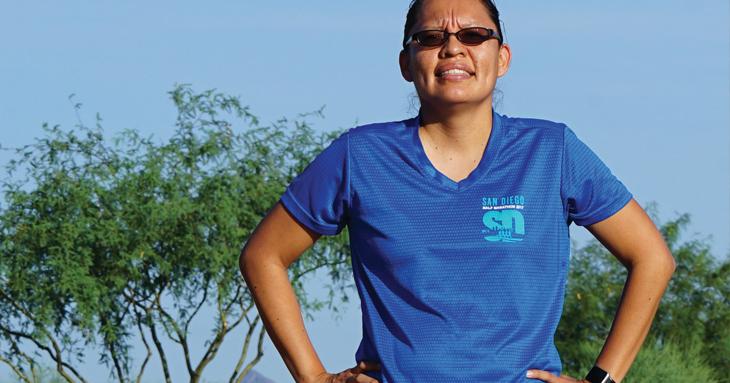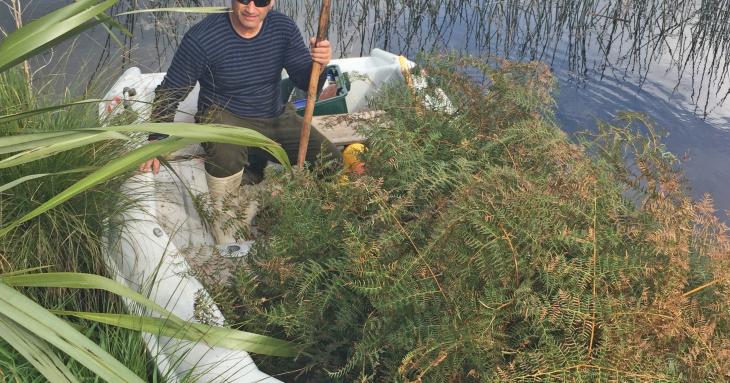-
Chris Greenstone / Navajo / The Boeing Company / Liaison Engineer
Chris Greenstone's family moved around quite a lot when he was growing up — Sitka, Alaska; Gallup, N.M.; and Phoenix and Bitter Springs, Ariz.; among other places. But of all those moves, Greenstone calls Bitter Springs home. His family has lived in this small village on the Navajo Nation for many generations.
-
Manuelito Chief / Navajo / University of Arizona / Electrical Engineering
Growing up on the Navajo Nation, it’s common to know someone without access to electricity. For me, this includes my great-grandmother, who lives in Black Mesa, Arizona. I grew up in Window Rock, the capital of the Navajo Nation. So as a child, I would often wonder why we had electricity and she didn’t. These types of questions led me to experiment with small circuits and electronics. From then on, I’ve had an interest in electronics and learning how things work — and finding their application to real-world problems.
-
ONRI JAY BENALLY / NAVAJO NATION / UNIVERSITY OF MINNESOTA TWIN CITIES / QUANTUM SPINTRONICS
In Oak Springs, Ariz., in the Carrizo Mountains, there’s a spectacular view in every direction. Onri Jay Benally, Navajo, calls Oak Springs home.
-
Kaylin Mcliverty / Navajo / Navajo Preparatory School
My hometown of Farmington, N.M., is a small community with diverse cultures and families.
-
Nedlaya Francisco: 2018 Technical Excellence Awardee / Navajo
As a kid growing up on the Navajo Reservation in Shiprock, N.M., Nedlaya Francisco was animated by a single question: How do things work? “We would have broken remote control vehicles or tape players, and my cousins, sisters, and I would take them apart to see their insides and their circuits,” she remembers. “I always wanted to know how things worked but didn’t know what the circuit boards were.”
-
Refocusing on Indigenous Knowledge
Indigenous traditional knowledge of the lands, waters, sky, and long been dismissed by Western science as anecdote , mythology, or even superstition. But thanks to the efforts of Indigenous and non-Native scientists and educators, that perspective is changing.
-
Joshua John: 2018 Most Promising Engineer or Scientist Awardee / Navajo
It’s not much of an exaggeration to say that a single question changed the direction of Joshua John’s life. He was studying for his undergraduate physics degree at Northern Arizona University when he took a quantum mechanics class. “I asked the professor how this would be used and what the applications were,” recalls John, who graduated in 2005. “My professor said those are questions an engineer asks, not a physicist. He encouraged me to go into engineering after graduating.”
-
GIS Technologies Engage Young Native Americans in Natural Resource Preservation
A map can speak many languages, reach many audiences — and significantly support the stewardship of natural resources. Where geospatial data is needed, geographic information systems (GIS) are an important tool for building maps that locate information related to flora and fauna, cultural preservation, and recreation, among other applications.
-
Nizhoni Tallas / Navajo / Navajo Preparatory School
Growing up in Rough Rock, Ariz., Nizhoni Tallas, Navajo, spent a great deal of time exploring the outdoors. It was there, in her rural community, where she first became interested in the field of environmental science. “My brothers and I would hike the mesa and the canyon right in our backyard,” says Tallas. “I fell in love with the diversity of plants, rocks, and the smell of fresh air. From that point on, I knew I wanted to learn more about the environment and how I can protect it now and for future generations.”


